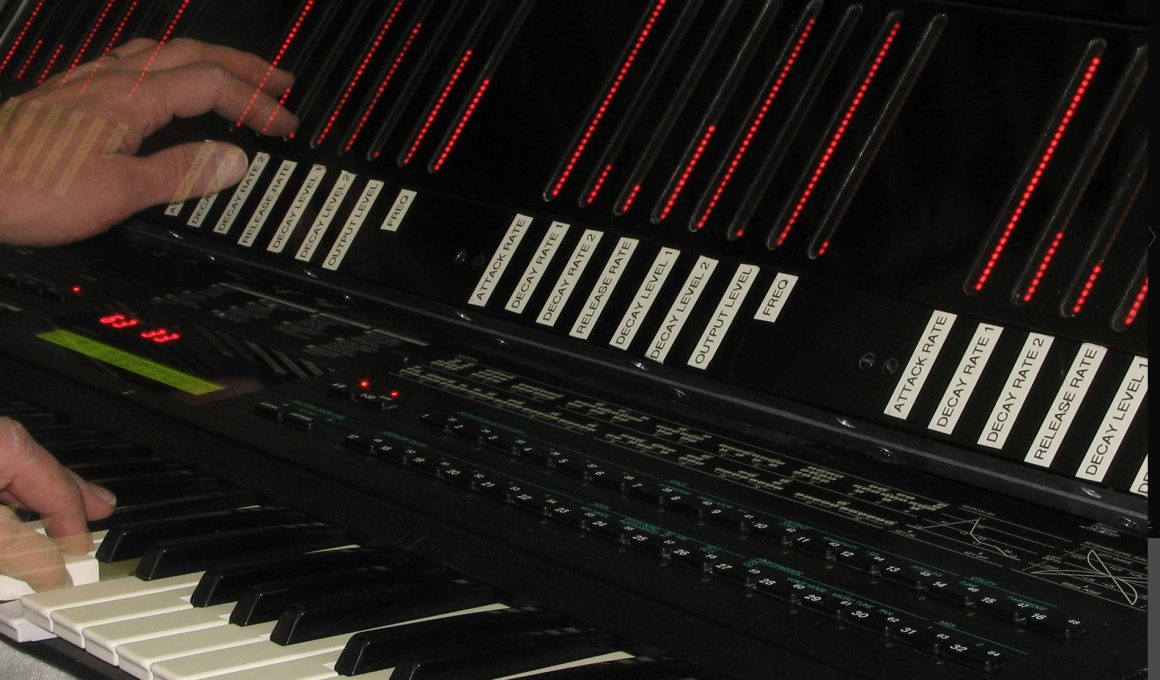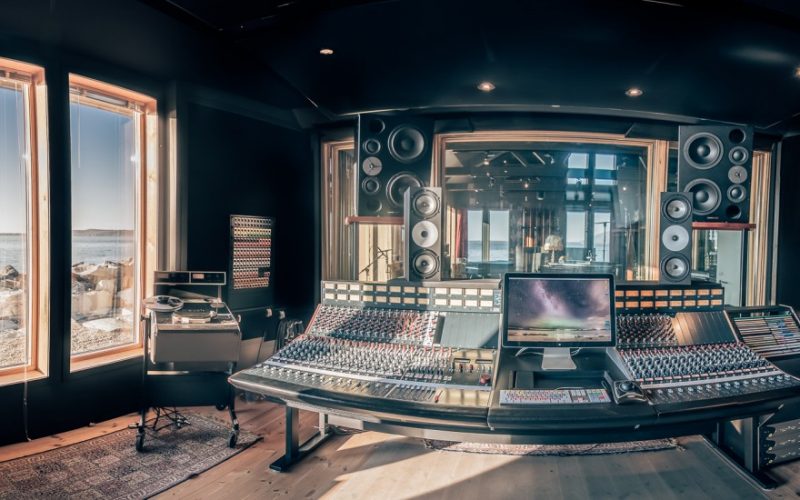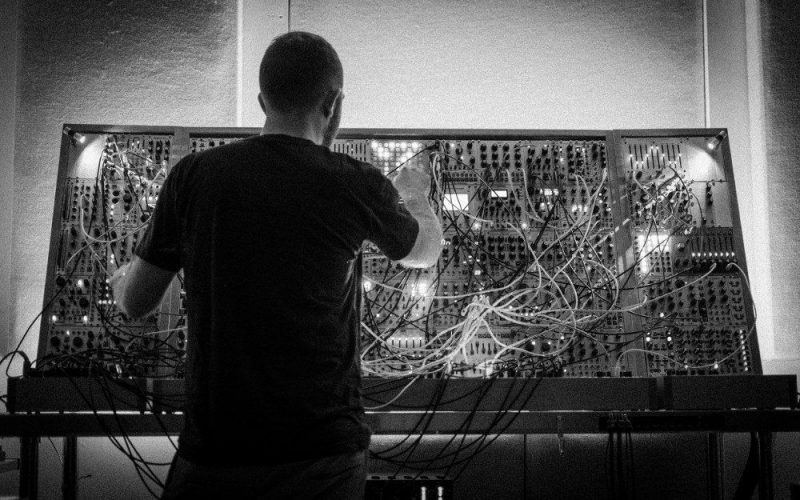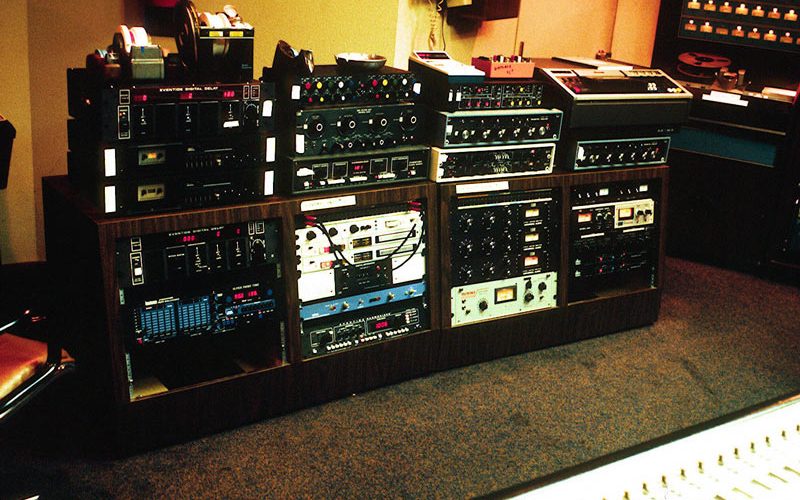The Yamaha DX7 is the best-selling synthesizer of all time. Released in 1983, the synth was a turning point in the home studio revolution and the rise of the semi-pro musician. The synth also went on to create a new multi-million dollar industry: 3rd party sound design.
The synth’s fm engine editing is all done by menu diving. Few could wrap their head around designing sounds themselves on the synth. If you listen to 80’s pop you’ll hear the same signature sounds over and over in the biggest hits of the decade. They all used DX7 presets.
30+ years later, George Barlow (a television and computer repair technician) has shared his unique solution to programming the ‘hard to program’ synth in the three Youtube videos below.
Barlow initially set out to develop a controller to be able to call up a voice preset, and then tweak from there. What he’s done is essentially transformed the DX7 synth into an interactive sound designer’s dream machine.
How the DX7 Controller Works with Presets
A computer stores patches in its own preset library. On startup, the computer also copies whatever’s in the DX7 preset memory, adding them into the computer’s patch library alongside the already stored patches.
Whenever you call up a preset, the device sends the parameter values for it straight to the DX7 synth over MIDI. It then updates its own “working” values, and updates the controller’s display to match. So when you pull up a patch (using the computer), the DX7 is immediately set to it. The control panel mirrors it in real time with its visual display.
DX7 Prototype Setup
The brain of the interactive controller is currently a laptop computer. The laptop is running a simple program that lets you load and save presets, as well as assign controls to particular parameters. Not much computation goes on, and the code base only takes a few kilobytes of code. It’s set to let you pull up groups of settings in pages, as the controller only has 32 sensors to cover well over 100 parameters.
If this controller is to become a consumer device, potentially all the patch computation and communication could be run by a small Raspberry PI unit.
“Since its introduction over 30 years ago, the DX7 has earned its reputation as one of the hardest to program synthesizers ever. I wanted to see if I could make it one of the easiest. That’s why I built this.” – George Barlow
Share these videos far and wide – it would be great if Yamaha synth designers could see this innovative approach to sound design with the DX7 and reach out to George. I could see a device like this selling well – especially if designed to control multiple synth engines and devices.
FM synthesis controlled by human touch in 2020?




2 comments
Tom Whitwell mentioned this Article on twitter.com.
Darren Coral mentioned this Article on twitter.com.